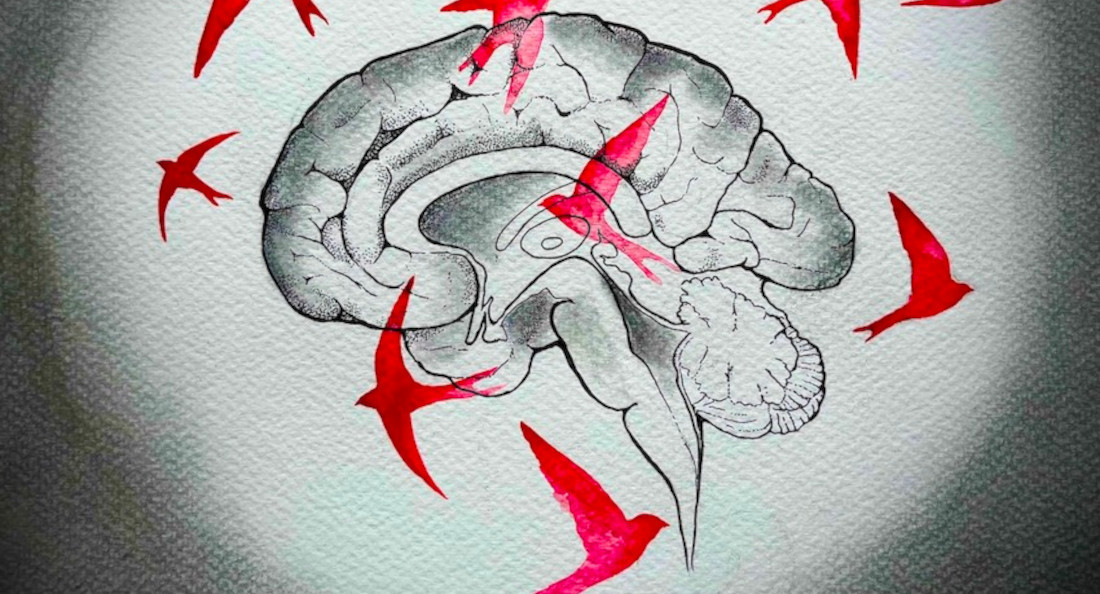Neuroscience profs building ‘first-of-its-kind’ research centre
Brain-imaging equipment will deepen understanding of childhood neural development
The University of Winnipeg (U of W) is now home to three new pieces of cutting-edge neuroscience research equipment.
Psychology professors Dr. Amy Desroches, Dr. Stephen Smith and Dr. Stephanie Bugden research children’s linguistic and neural development. They work within the U of W’s recently inaugurated neuroscience program that features a new Centre for Cognitive Neuroscience.
The lab will enhance the department’s capacity to conduct field research, create opportunities for community partnerships and help to attract students and faculty with an interest in neuroscience.
“We’re the only institution in the province that has this infrastructure and the capacity to study all three brain elements,” the professors say in a media release.
Researchers can now capture the timing and locations of brain activity simultaneously through the use of two portable neural-imaging systems, funded by the Canada Foundation for Innovation’s John R. Evans Leaders Fund.
The first piece of new equipment, an electroencephalogram (EEG) system, measures electrical impulses produced by firing neurons and records data about the timing of brain activity.
The second component is a functional near-infrared spectroscopy (fNIRS) system, which measures blood flow in the brain to provide information about where brain activity is happening.
The 16-channel fNIRS system is the first of its kind in the province. The system works by simultaneously enabling imaging of different regions of the brain – which Desroches says is a major improvement compared to existing equipment.
She says the fNIRS system is highly informative for her team’s research, which looks at the interrelation of reading, math and emotional regulation in child development. The team hopes to fill in the knowledge gap surrounding early childhood brain development.
“I’m most excited about our projects that focus on kids just before they start school,” Bugden says. “We can track neurodevelopment over time to see how the brain changes as they learn to read and to perform math in school.”
Rachel Keizjer, program officer for natural sciences and engineering research at the U of W, says the equipment will give the university more opportunities to connect with researchers at other institutions who need EEG and fNIRS data.
“Collaboration is built on that sort of need, (and) then that momentum can carry forward to some really exciting opportunities,” Keijzer says. “And that’s the way that research is going anyways. It needs to be collaborative and interdisciplinary in order to be useful. We don’t exist in departments in real life.”
In order to study the province’s diverse population, researchers are developing partnerships with community organizations, schools and hospitals in Winnipeg and surrounding areas.
The portable EEG and fNIRS also allow researchers to travel directly to patient populations outside of Manitoba and Canada. For example, Bugden took the equipment to West Africa in the spring.
Keijzer says outreach improves the neuroscience program’s knowledge mobilization, which describes the ability to “move the information you’ve collected to the people that need it most.”
The grant also funds a magnetic resonance imaging (MRI) simulator. MRIs are commonly used in hospitals to investigate soft body tissues. A patient must lie still in a loud, enclosed space for 30 to 60 minutes. These tests are expensive, and wait times can exceed six months for non-emergency appointments.
In addition to providing training opportunities for students, Desroches hopes that the simulator can help patients get used to the potentially scary experience of an MRI before undergoing the “real thing.”
Desroches is hopeful that the centre will help bolster the U of W’s identity as an important research hub.
“We’re a small school, but I think that we’re strong and mighty when it comes to research,” she says. “I think it’s a place that people want to come to and want to be a part of ... we can train good students and send them off to do great things.”
Published in Volume 78, Number 02 of The Uniter (September 14, 2023)







